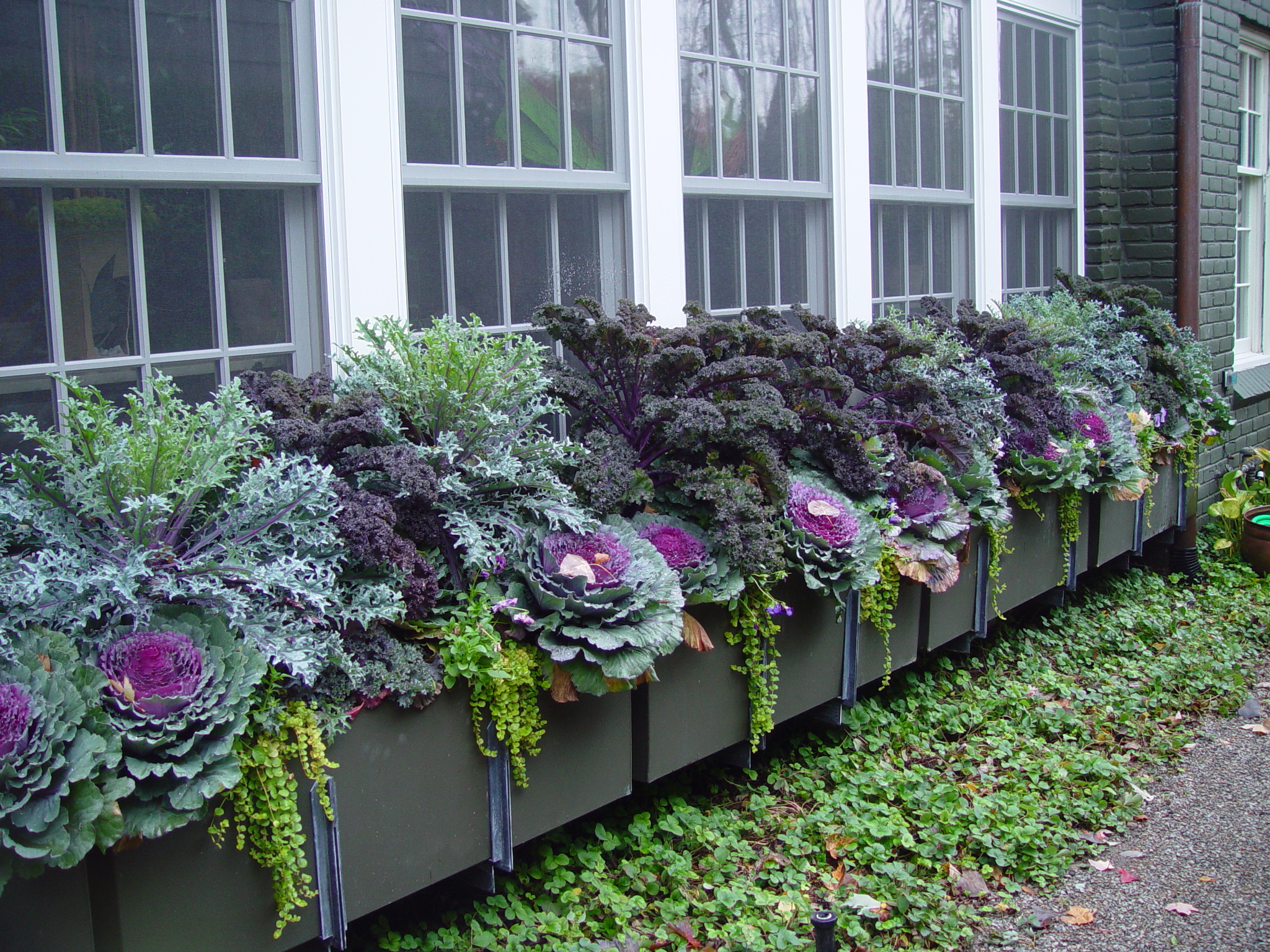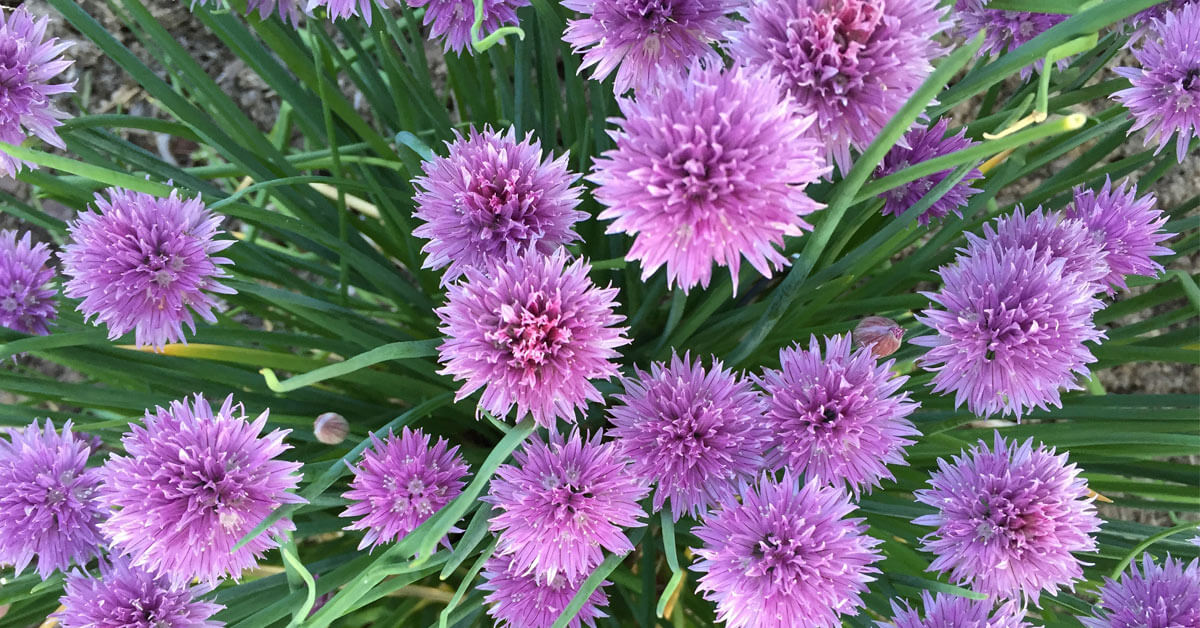As an avid gardener and culinary enthusiast, I have found immense joy in cultivating decorative edible plants. They bring beauty to my garden while exciting my palate with fresh flavors. In this comprehensive guide, we’ll explore various decorative edible plants, their benefits, care tips, and why you should consider integrating them into your home. Whether you have a balcony, backyard, or even a small windowsill, this article will provide you with all the information you need to get started.
What Are Decorative Edible Plants?
Decorative edible plants are those plants that serve a dual purpose: they enhance the aesthetic appeal of your gardening space and provide edible produce. From vibrant herbs to colorful vegetables, these plants not only beautify your environment but also contribute to your culinary adventures.
The Benefits of Growing Decorative Edible Plants
- Visual Appeal: They add vibrant colors and textures to your garden or home.
- Fresh Ingredients: Having fresh produce at your fingertips improves your cooking and eating habits.
- Environmentally Friendly: Reduces your carbon footprint by growing your own food.
- Therapeutic Hobby: Gardening is known to reduce stress and promote mental well-being.
Popular Decorative Edible Plants
1. Kale
Kale has gained popularity not just for its health benefits but also for its striking leaves. Varieties like ‘Lacinato’ or ‘Winterbor’ add texture and color to any garden.

Growing Tips:
Kale thrives in cooler weather, making it ideal for spring or fall planting. Ensure it has well-drained soil and ample sunlight.
2. Swiss Chard
With its beautiful, bright stems and large leaves, Swiss chard is as decorative as it is nutritious. The colors range from vibrant reds and yellows to bright whites.

Care Instructions:
- Plant in rich soil with good drainage.
- Water regularly and harvest leaves frequently to encourage growth.
3. Basil
Basil is not only a staple in Mediterranean cuisine but also a lovely plant with lush green leaves. Varieties such as ‘Purple Basil’ add an elegant touch to your garden.

Tips for Cultivation:
Basil loves warmth and sunlight. Ensure it receives at least 6 hours of sunlight daily.
4. Nasturtium
These bright flowers are not only delightful to look at but also edible! Both the leaves and flowers of nasturtium have a peppery flavor that can elevate any dish.

Unique Features:
- Easy to grow and can thrive in poor soil.
- Pest deterrent in the garden.
How to Incorporate Decorative Edible Plants into Your Garden

Designing Your Space
When it comes to integrating these plants into your garden, consider factors like sunlight, space, and aesthetic appeal. Here are some design ideas:
Vertical Gardening
Utilizing vertical space can maximize your garden’s potential. Use wall planters or trellises to grow climbing plants like pole beans.

Container Gardens
Perfect for small spaces, container gardens allow you to grow a variety of plants. Mixing herbs and colorful foliage can create a stunning visual display.
Companion Planting
Some decorative edible plants can benefit each other when planted together. For example, planting basil near tomatoes can enhance flavor and repel pests.
Comparison Table: Companion Planting Benefits
| Plant | Benefits |
|---|---|
| Basil | Enhances tomato flavor, repels flies and mosquitoes. |
| Marigold | Repels nematodes and attracts beneficial insects. |
| Chives | Repels aphids and enhances the growth of carrots. |
Practical Uses for Decorative Edible Plants
In the Kitchen
Not only do these plants look great, but they also provide exciting flavors for your meals. Here are a few ways to incorporate your decorative edibles into your cooking:
Herbal Infusions
Use herbs like basil, chives, and thyme to create delicious herb-infused oils or teas.
Garnishing Dishes
Edible flowers like nasturtium and pansies can be used to garnish salads and desserts, adding a pop of color and flavor.
Creating Unique Salads
Mix colorful leaves and edible flowers for a vibrant and flavorful salad that impresses guests! Add slices of fresh fruit for a delightful contrast.
Pros and Cons of Growing Decorative Edible Plants
Pros:
- Beauty: Adds visual interest to your garden or indoor space.
- Variety: A wide range of options to choose from.
- Freshness: Access to fresh produce at home.
Cons:
- Maintenance: Requires time and effort for care and harvesting.
- Space: May not be suitable for those with limited gardening space.
Frequently Asked Questions
What are some low-maintenance decorative edible plants?
Some low-maintenance options include herbs like rosemary and thyme, as well as leafy greens like kale or Swiss chard.
Are there any decorative edible plants that can be grown indoors?
Yes! Many herbs like basil, chives, and even dwarf varieties of peppers can be successfully grown indoors with proper light conditions.
Can I grow decorative edible plants in containers?
Absolutely! Container gardening is a great way to grow decorative edible plants, especially if space is limited.
How can I ensure my decorative edible plants thrive?
Research the specific needs for each plant species, including soil type, water requirements, and light exposure. Regular maintenance is key to a thriving garden.
Conclusion
Integrating decorative edible plants into your garden or home offers a delightful blend of beauty and practicality. Not only do they enhance your landscape, but they also enrich your culinary experiences with fresh flavors. Whether you choose to start small with a few pots on your balcony or dive into a full garden, the joy of growing and using these plants will surely bring happiness to your life. Happy gardening!